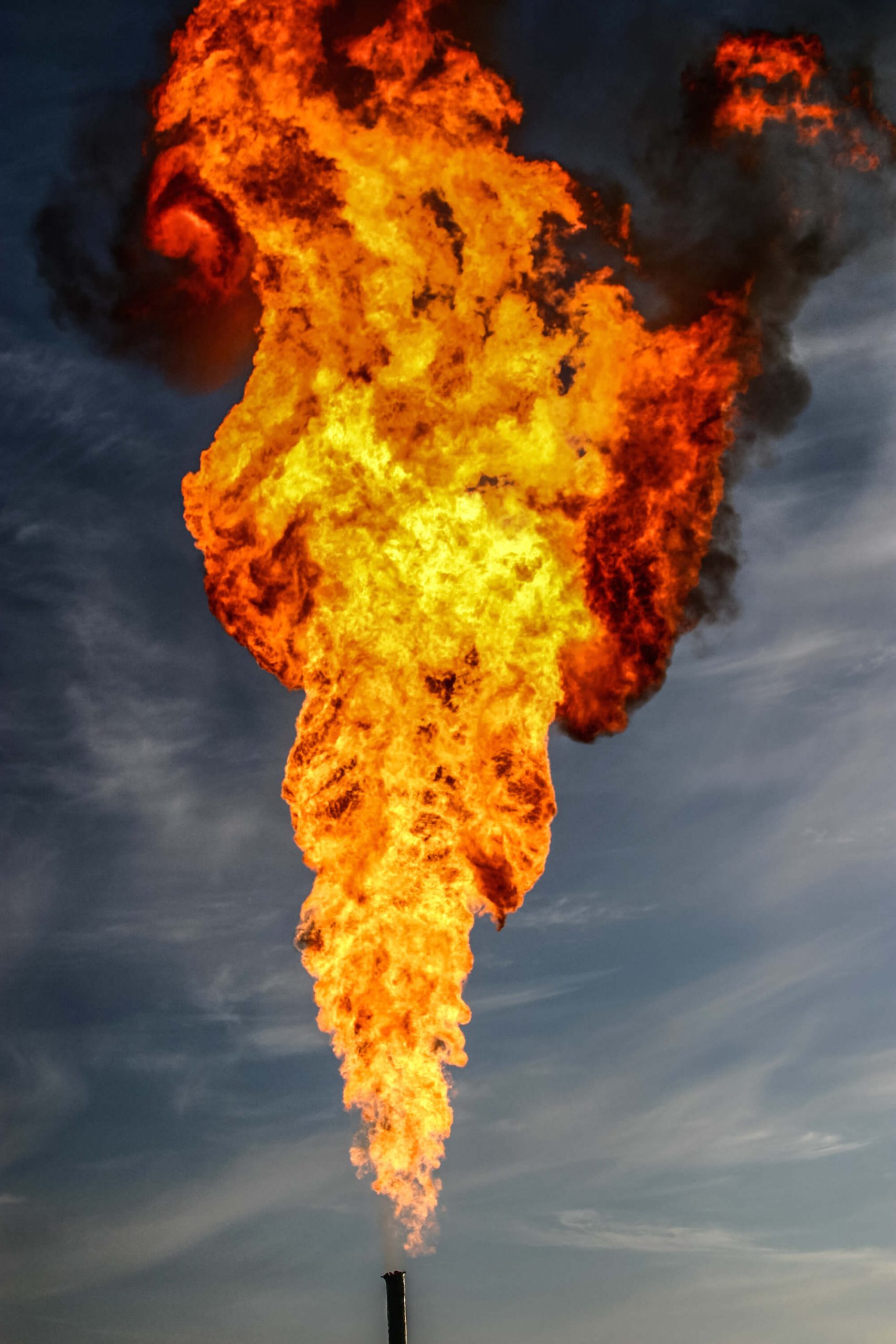
Like any liquid, moving oil is fairly simple. You can haul or store it in nearly any sort of container: a rail car, a truck, even an open-air bucket.
Natural gas is different because it is, well, a gas. It has to be loaded into a dedicated, pressurized pipeline that takes it to pre-existing demand points such as petrochemical and power plants. And storing natural gas is a minor nightmare. It takes more than 1,400 times the volume of natural gas to generate the same amount of power as oil. The only solution to the storage issue is pressurization, which by default means (expensive) specialized infrastructure.
The ease of moving/storing oil combined with the difficulty of natural gas is heavily shaping the outcome of the shale revolution. Shale gas is profitable only if it can reach a pre-existing market, which requires dedicated infrastructure that in many cases simply is not up to the task. Oil, however, can travel by pipe, train and even truck to any refinery almost anywhere. Regional price crashes for natural shale gas are as common as shale oil price crashes are rare. In terms of energy content, oil is now selling for more than six times the cost of natural gas in most U.S. markets. Because of this disconnect, very few energy companies still are drilling for natural gas at all in the United States. Most U.S. natural gas production now is a byproduct of shale oil production.
This means the United States will be enjoying a natural gas bonanza for quite some time. For everyone from electricity generators to manufacturers to chemical companies to the plastics industry, the United States now is the best place in the world to do business.
For more on how shale is changing the world, see Chapter 7 in The Accidental Superpower.



